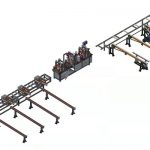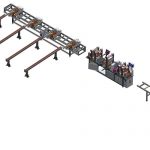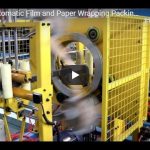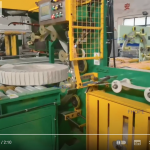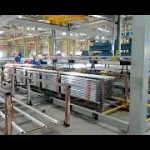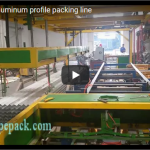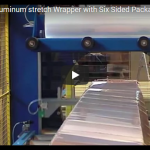The automatic aluminum film applicator is a highly efficient and reliable machine used in the packaging industry. This machine is designed to apply aluminum film to products, ensuring their safe transportation and storage. It is specifically designed for use with a wide range of products, making it an ideal solution for businesses that deal with different types of items.
The automatic aluminum film applicator is easy to operate, thanks to its user-friendly interface and automated controls. It is capable of applying aluminum film quickly and efficiently, with minimal operator input required. The machine’s adjustable tension control system ensures that the film is applied tightly enough to protect the product, but not so tight as to cause damage.
The aluminum film used by the machine provides superior protection for products. It is lightweight, yet provides excellent barrier properties, ensuring that the product remains safe and secure during transportation and storage, even over long distances.
In terms of maintenance, the automatic aluminum film applicator is designed for easy cleaning and servicing, with minimal downtime required. Its durable construction and high-quality components ensure a long lifespan, making it a cost-effective investment for businesses that require reliable and efficient packaging solutions.
Overall, the automatic aluminum film applicator is an excellent choice for businesses that need to package products quickly, efficiently, and reliably. Its ease of use, superior protection capabilities, and low maintenance requirements make it an ideal solution for a wide range of packaging applications.
